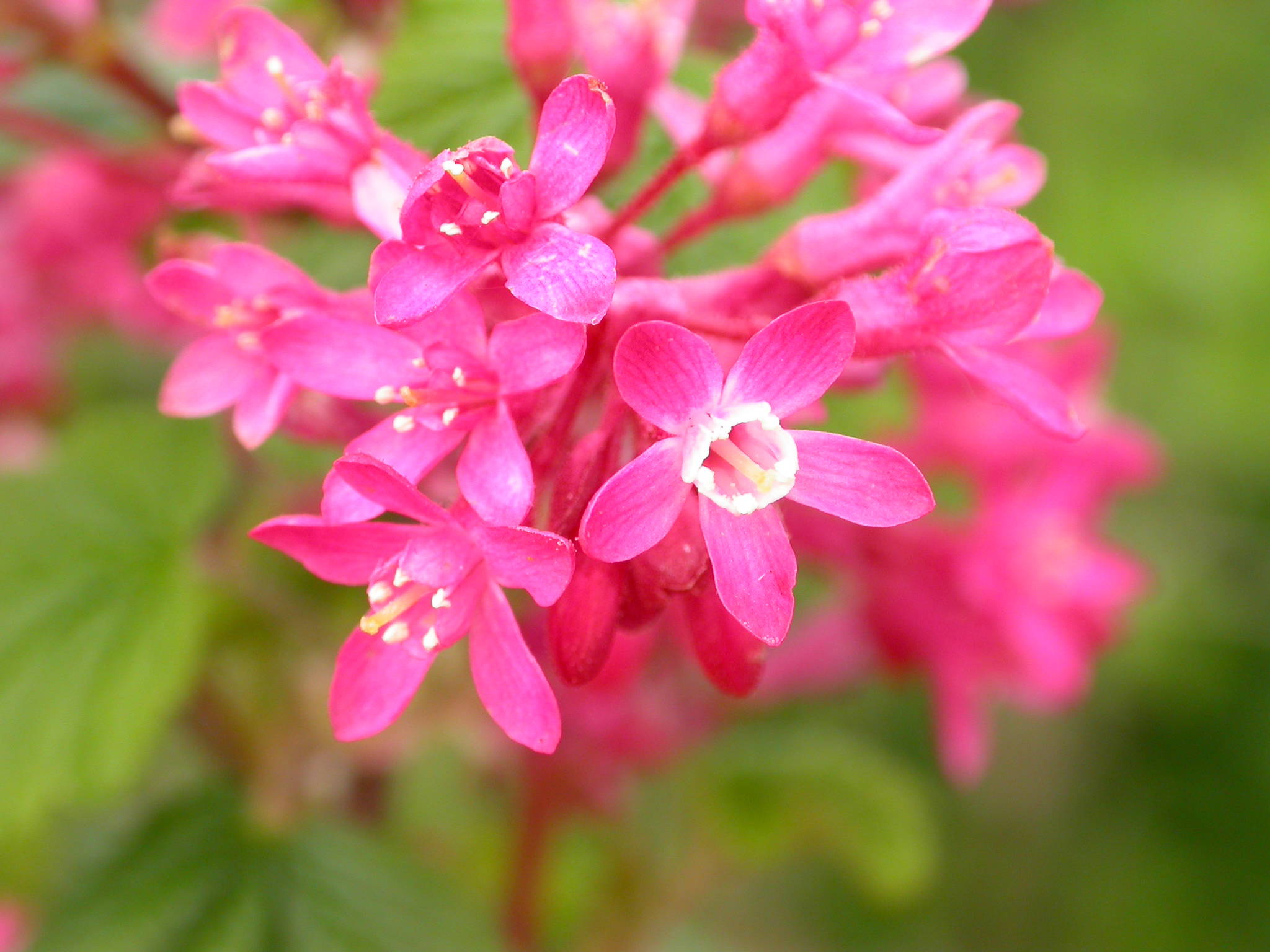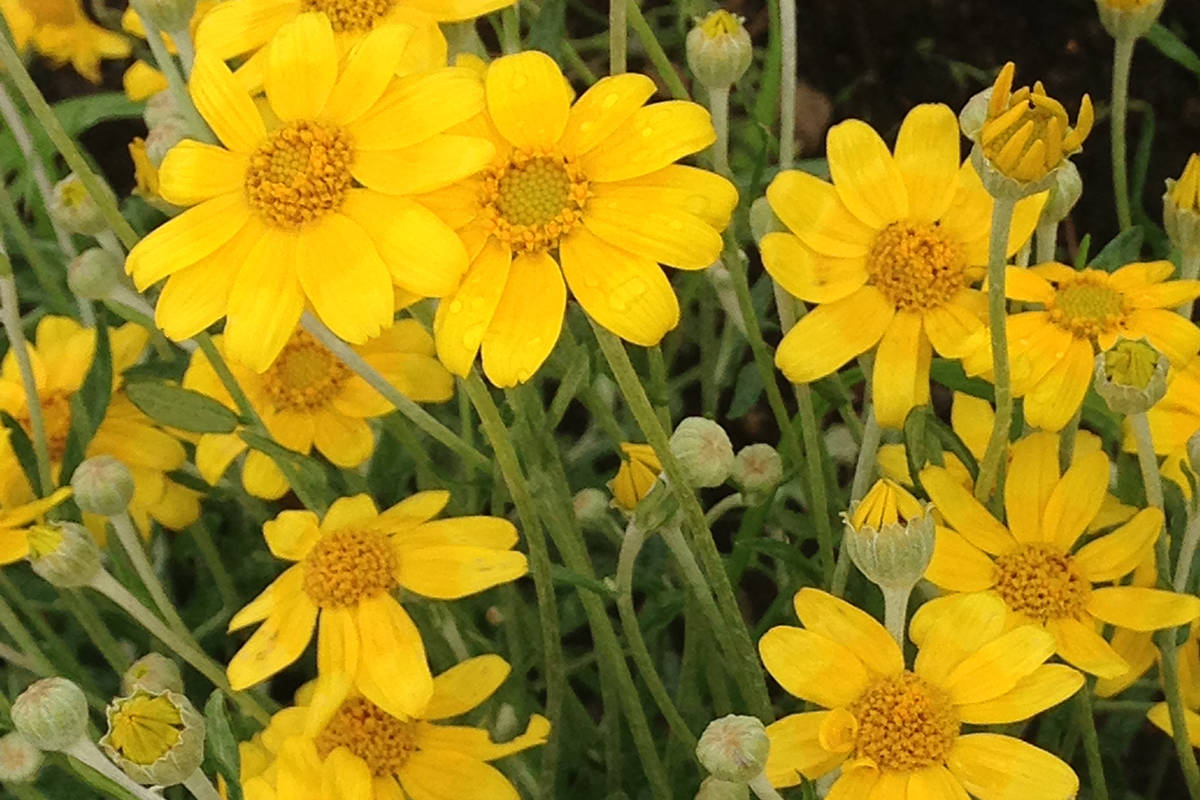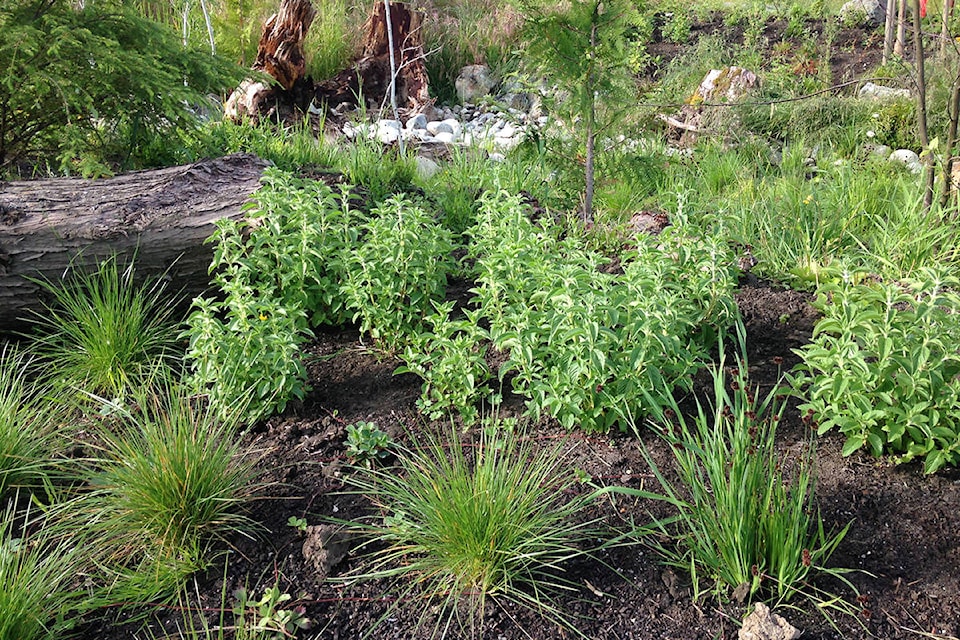What’s the latest buzz on supporting our bee populations? You can help local pollinators by planting a diversity of flowering plants with different bloom times. Take it one step further and incorporate some beautiful and useful native plants in your garden. By planting native plant species you’ll be adding a suitable food source for our native bee populations. Another bonus is that these native plants are already well-suited to our local climate … meaning less watering and work for you!
“Many of our native bee species live in much smaller corridors compared to the common honey bee, and they need a food source that is within reach from their narrow habitats,” says Saanich’s Jillian Tuson, Natural Areas Practitioner with Saanich Parks.Incorporating more native plants in our communities equals more food and shelter for diverse pollinators.
Here are a few of Jillian’s go-to tips … and a few favourite plant choices!

- Diversity is a good thing. Don’t think you need to take an all-or-nothing approach. It’s perfectly fine to add native flowers, shrubs and trees to your ornamental landscape, where they’ll complement other plantings. “Make sure you’re getting a variety of different food sources to support a variety of pollinators, which can include bees, wasps, butterflies and birds,” Jillian says.
- Plant for a long bloom time. Most gardeners strive to have a succession of blooms, from early spring right through fall and winter, and native plants are happy to do their part! For those early-emerging pollinators, choose species like Indian plum, or Oregon grape, with its cheery yellow flowers against shiny dark green leaves. Flowering red currant,Pacific bleeding heart and coastal strawberry are also beautiful options. Some possibilities for summer bloomers include Douglas aster, woolly sunflower, andSolidago, oceanspray and nodding onion. “It’s important to try to get something blooming year-round,” Jillian notes.
- It’s not all about the blooms. While food sources are important, so too are plants and gardening techniques that provide habitat for shelter and nesting. “Don’t think you need to over-tidy your garden,” Jillian says. “A lot of our native bees are ground nesters, and they’ll burrow into the ground.” If you leave some leaves and twigs on the ground, they’ll provide protection for fordecomposers like worms and fungi, who will then break this debris down, and feed the soil and all the beneficial organisms that live there.
- Be inspired! Get inspired by the possibilities of native plants with some excellent resources close to home. Visit the Pollinator garden planted at Vantreight Park in Gordon Head, or the wildlife habitatplantings in Quick’s Bottom Park, off Wilkinson Road. Also look to Swan Lake Christmas Hill Nature Sanctuary, the natural environment page on the Saanich Parks website, and the Island Pollinators Initiative for endless educational opportunities.

And remember, when it comes to planting for pollinators, fall is a great time to make like the bees and get busy!
